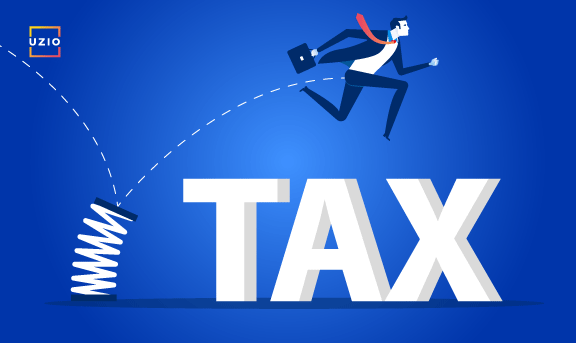On Aug. 8, 2020, President Donald Trump issued an executive order which deferred payroll tax obligation for employees in light of the ongoing COVID-19 crisis. Active from Sept. 1 through the end of 2020, this order was intended to place cash directly in the pockets of employees, right when they needed it most. However, the order didn’t require employers to withhold taxes; it simply gave them the option to. It’s important to note that this order was a deferral, not an exemption, so payroll taxes deferred for the year are still due in 2021.
Here’s How SMBs Handled the Payroll Tax Deferral Plan
The payroll tax in question was the FICA (Federal Insurance Contributions Act) taxes, specifically the Social Security tax. Normally, the cost of Social Security taxes are split evenly between the employer and the employee, with each party being responsible for 6.2% (for a total of 12.4%). If a company chooses to defer these taxes, then the employee would have seen a 6.2% increase in their take-home paychecks. Since the order didn’t exempt companies from paying taxes, the businesses still needed to pay their 6.2% of the taxes owed as normal to the IRS (Internal Revenue Service).
Were the Tax Deferrals Mandatory? No. Companies were free to accept or decline the tax deferrals proposed in Notice 2020-65. Unfortunately, implementing these changes posed a complicated task requiring multiple updates in a company’s payroll system, so many small businesses choose to opt-out of the tax deferral program.
Depending on the amount of their employment tax liability, employers deposit their taxes on a day-after, semi-weekly, or monthly basis. As the executive order didn’t exempt employers from paying Social Security taxes, they continued to pay taxes as normal (minus the employee’s contribution). However, there was a lot of confusion at the time regarding the order. Employees were unsure if they would be held responsible for the deferred taxes, and had no way to know if their taxes would be deferred until it happened. Trump’s order didn’t require employers to notify employees before making the changes, so they simply had to wait and find out. Some employees noticed higher paychecks, but many employers (such as Costco and JPMorgan Chase) declined to implement the deferments.
Ultimately, the tax deferment plan didn’t help as much as originally intended, partially due to a lack of participation, but mainly due to a general lack of interest in the program.
The President Memoranda
The Presidential Memoranda stated that “the deferral shall be created offered with relation to any worker the quantity of whose wages or compensation, as applicable, owed throughout any bi-weekly pay amount usually is a smaller amount than $4,000, calculated on a pre-tax basis, or the equivalent quantity with relation to different pay periods.” To simplify this, any employee who made less than $104,000 per year (an average of $4,000 or less every two weeks) was eligible for the deferral. Unfortunately, eligibility was recalculated every two-week pay period, so an employee could be eligible for the first period in a month and ineligible for the second (due to overtime, bonus pay, or other factors). This ongoing eligibility determination probably influenced the overall success of the program, as it added a burden to the employer’s HR department.
Which payroll taxes did the executive order apply to?
The order only applied to the employee portion of Social Security payroll taxes. It didn’t apply to employee Medicare payroll taxes, and employers were still responsible for their normal portion of the FICA taxes.
The IRS has continued to make amendments to the original order. Currently, deferred taxes (from Sept. 1, 2020, to Dec. 31, 2020) are due by January 1, 2022, rather than the initial due date of May 1, 2021. If payments are not completed by this date, then the business(es) in question will be held liable for all applicable penalties, interest, and additions as set by the IRS.















